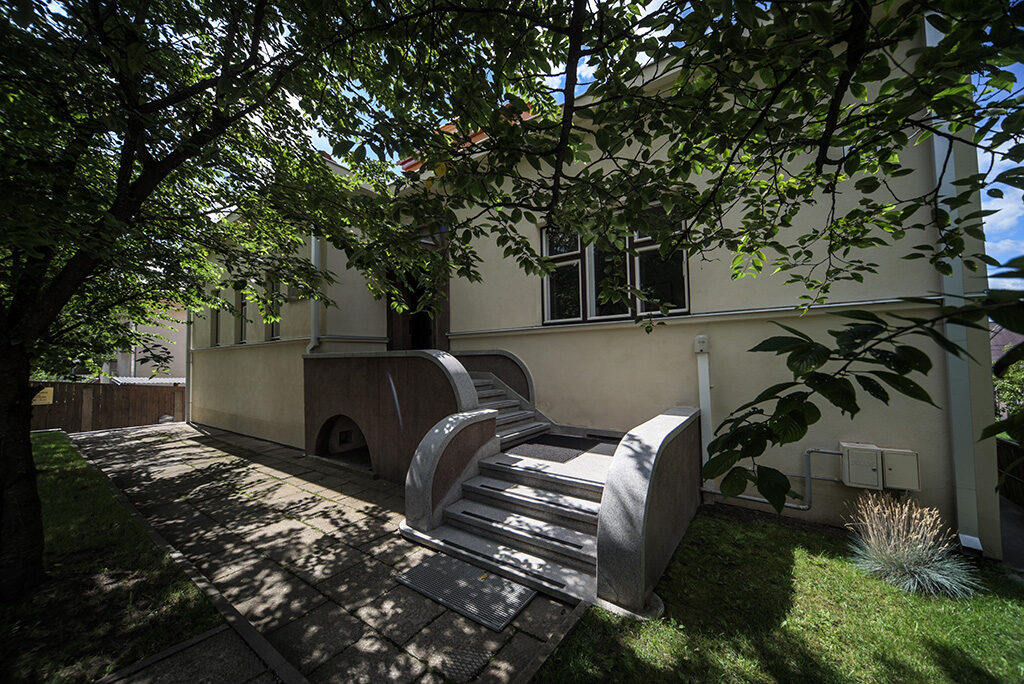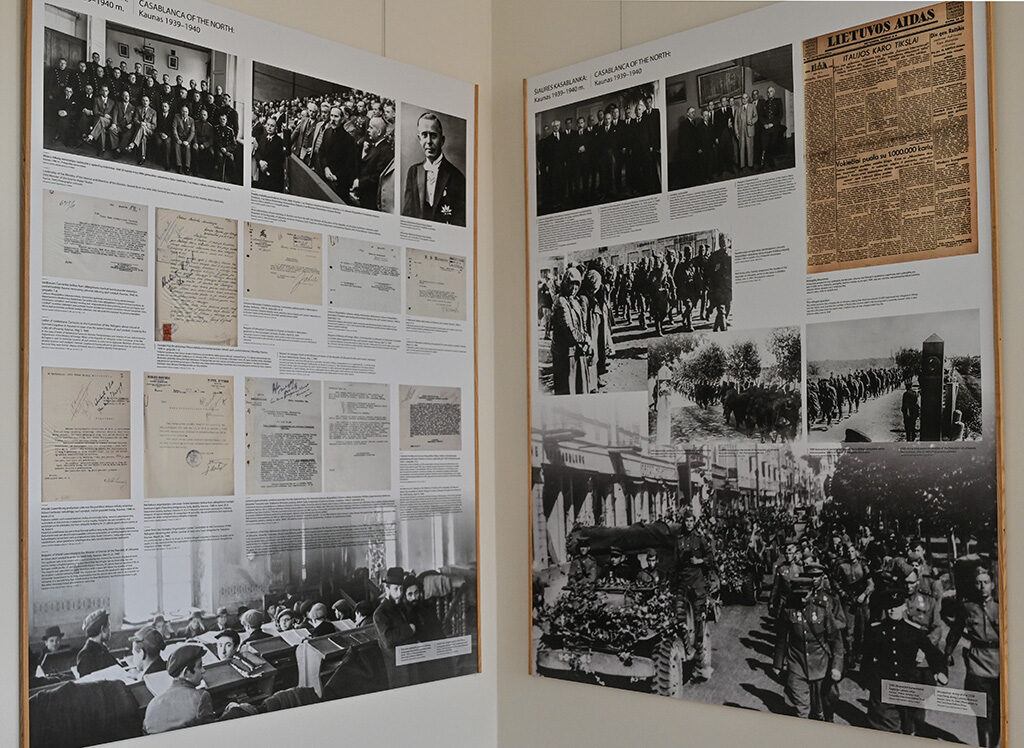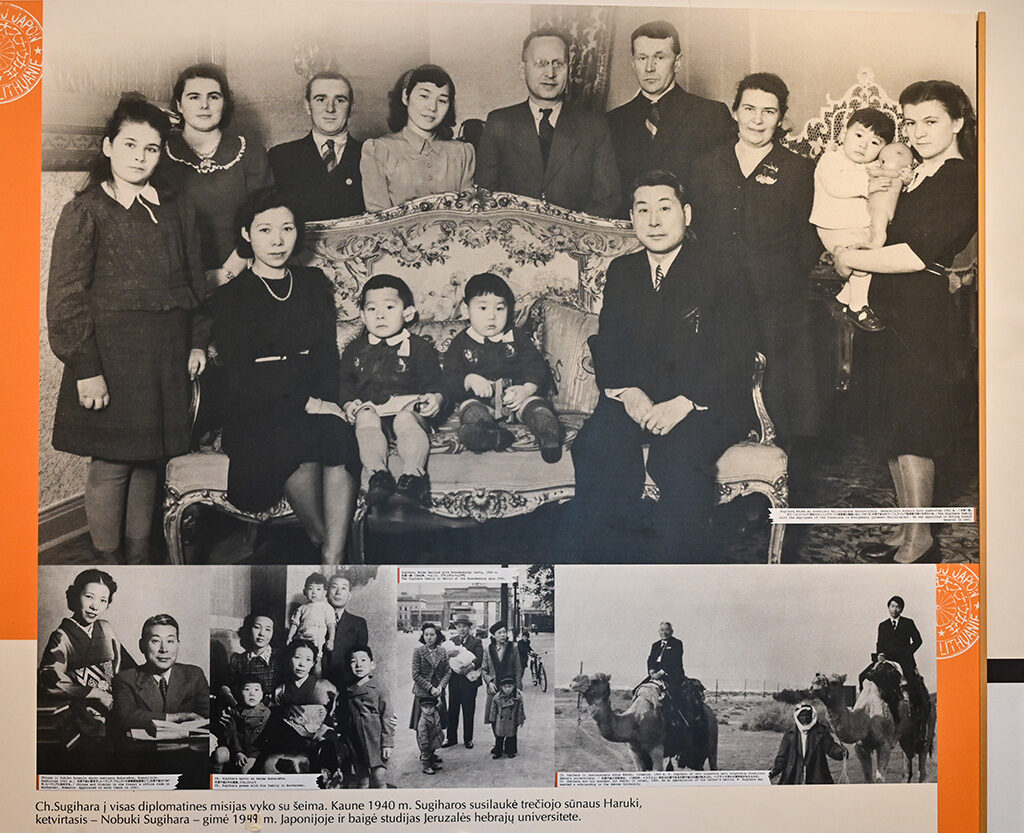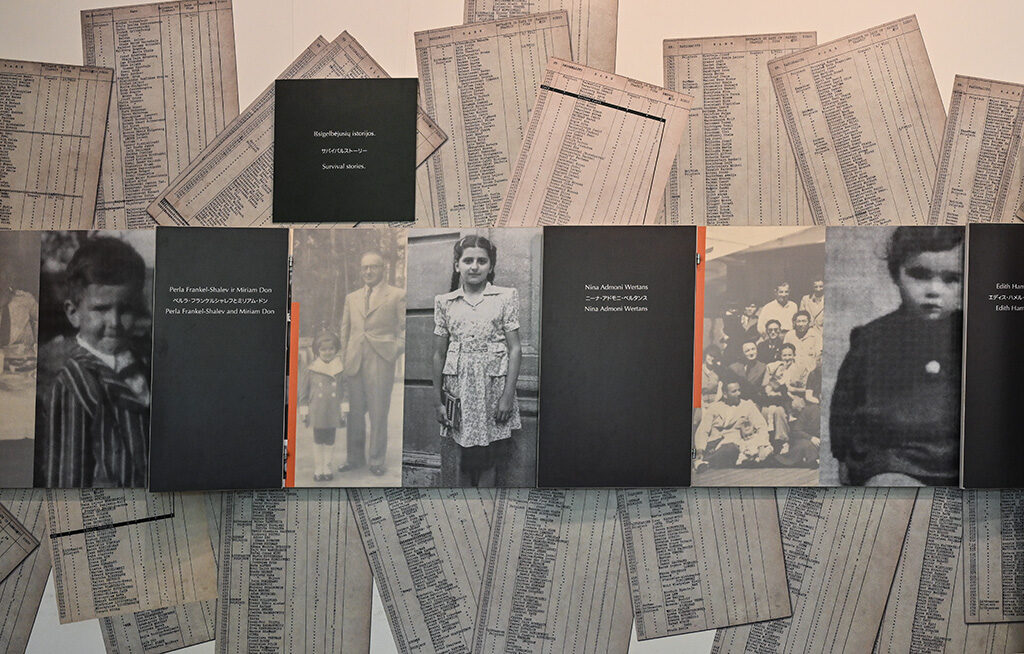Japanese people in Lithuania? On our first few trips, we were astounded when we learned about their presence. You could imagine our surprise when we met any foreigners, let alone Japanese people, as tourism in the area was not as common as it is today.

We were very curious to know their stories – curiosity is what motivates us on any trip. We did a little digging online and stumbled upon the story of Chiune Sugihara, Japanese consul in the then-capital Kaunas in 1939-1940. Thanks to his efforts and those of the honorary consul of the Netherlands Jan Zwartendijk, many Jews from Lithuania and other countries like Poland were able to escape deportation and certain death in the Nazi gas chambers. They were instead offered visas released by the Japanese embassy. Hundreds of thousands of Jews were able to escape crossing the USSR via the Trans-Siberian Railway.

At that time, the situation in Lithuania was very complicated. After the Molotov-Ribbentrop pact signed by Germany and the USSR in 1934, the Baltic states and Eastern Europe were split into two areas of influence. Independent Lithuania was caught between two fires: the Klaipeda area was under Nazi rule, while the Vilnius area was in fact under Soviet rule. After the German invasion of Poland, the situation got worse.
WATCH OUR VIDEO
Many Jews found refuge in Lithuania and joined the other 250.000 already living in the country. The growing anti-Semitism, the hate spurring from the belief that Jews where of an inferior species, forced them to find a way to survive. In the summer of 1940, the Soviets occupied Lithuania, but a year later the Germans got the better of them. The country was officially occupied by the Nazi.

It is in this complex scenario that Sugihara, despite all hardships also related to the refugees’ lack of funds, both Jewish and non-Jewish, granted many visas bearing his handwriting. This, despite the fact that Japan was an ally of Germany. This gave them the only way out: crossing the entire Soviet Union to reach Japan. To Chiune, who was born in a traditional and rigorous society where respecting your fellow men was a fundamental belief, these were just people who needed help. Their religious faith was not important. “They were human beings, and they needed help. I could disobey my country, but I could not disobey God”, he would later say.

This story remained unknown until 1968, when one of the Jews he saved managed to get in touch with him. In 1970, Sugihara was invited to Israel with his family and one of his kids received a scholarship.
In 1985, Jerusalem’s Yad Vashem named Chiune “Righteous Among the Nations”. After his death in July 1986, he received many other acknowledgements, in Lithuania too. In Kaunas, a museum was opened in the house where he used to live with his family.
2017 the first “Sugihara week” saw the light, an annual event to commemorate his courage and humanity. Every year, many descendants and Japanese representatives take part in the event.
Despite the Covid-19 restrictions, Lithuania is organizing the week this year too, with many events happening in Kaunas and Vilnius from the 12th to the 18th of October 2020.
To better understand its spirit, we interviewed the event organizer Aurelijus Zykas; the director of the House Museum in Kaunas Ramūnas Janulaitis and the Lithuanian historian Linas Venclauskas (translation by https://ingleseamericano.it )
WATCH OUR VIDEO

